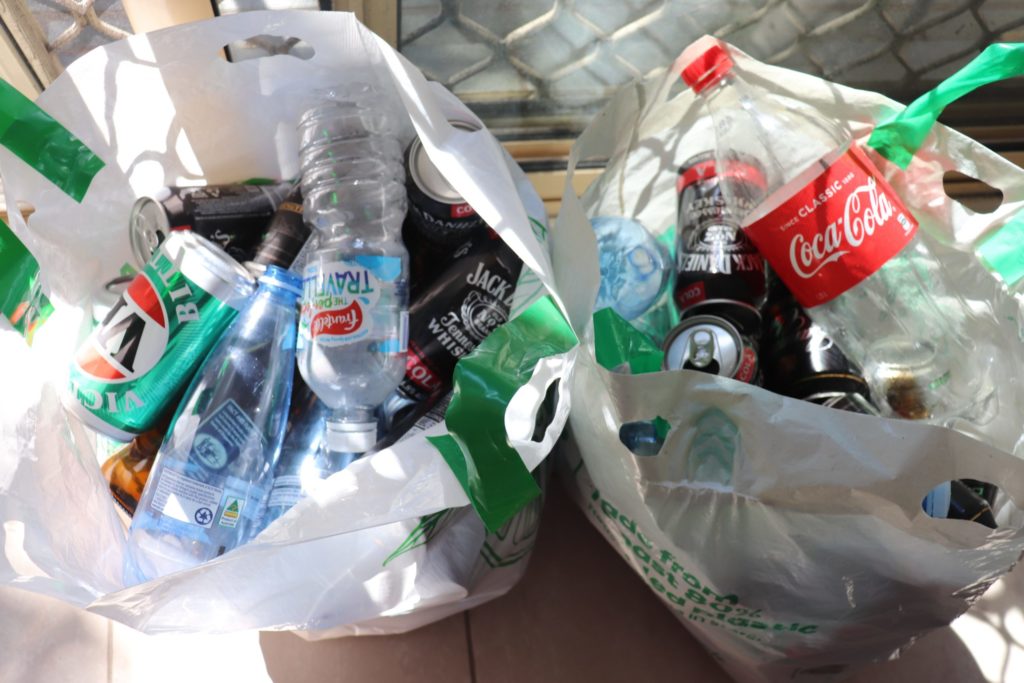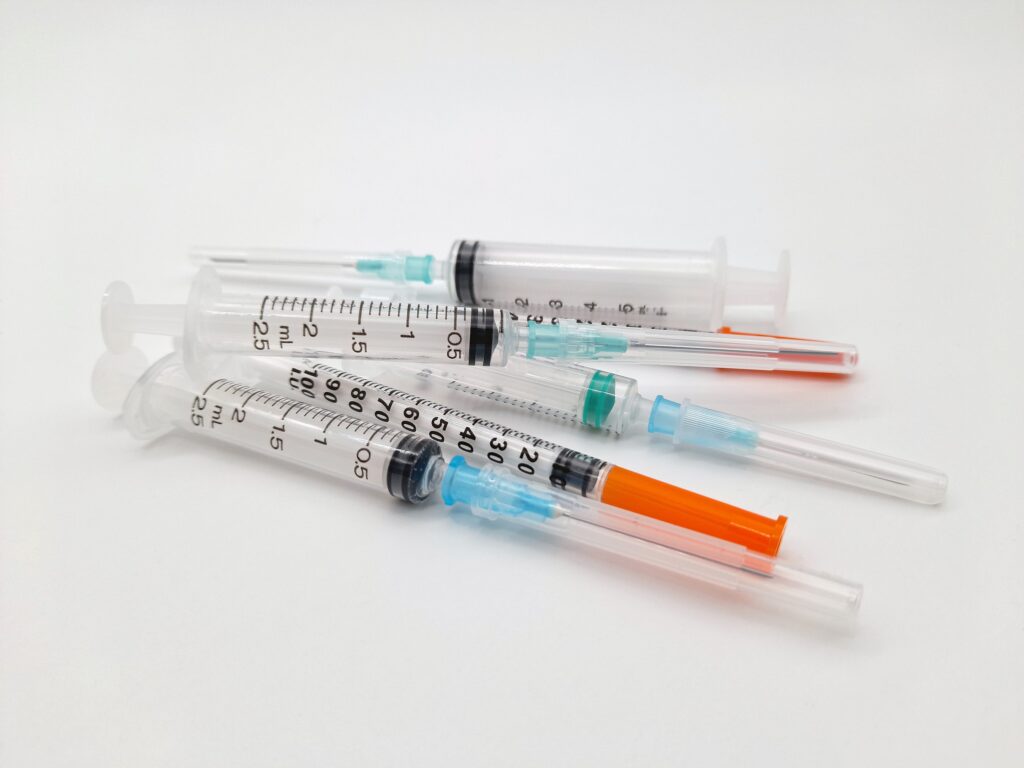We need better solutions than ‘big government’ incarceration
Prisons are, without a doubt, a “big government” solution to the problem of criminal activity. When we put someone in prison, we’re evaluating an individual’s conduct and determining that justice requires radically restraining his or her freedom at the taxpayer’s expense.
Right now, we’re spending more time thinking about how to fund prisons than critically sifting through our criminal laws and penalties – specifically the use of incarceration.
I remember Judge Joe Colquitt, my criminal law professor, reviewing the various aims of our criminal justice system. Chief among them were retribution, rehabilitation and deterrence.
That’s as good a place to start as any. Let’s take each one of those in turn as it relates to prisons.
Retribution by incarceration makes sense as a response to many violent crimes. It isn’t so much about us being vengeful as it is a part of our social contract. The consequence for some violent behaviors is removal from the general population for some length of time. Many of us see prudence in using our tax dollars to keep those violent criminals behind bars.
In many other instances, the value of retribution isn’t so clear. In a theft-related offense, the primary interest of the victim is to be made whole. That’s hard to accomplish when the perpetrator is in prison. In fact, it’s a double whammy, in the sense that the victim not only loses property, but he or she—as a taxpayer—shells out about $47.69 per day to incarcerate the offender in Alabama. In certain property crimes and drug offenses, we’re often penalizing ourselves rather than being creative in our response to offenders.
Rehabilitation is certainly a worthy goal of our justice system, but is incarceration necessarily serving that end? According to the State of Alabama Board of Pardons and Paroles, “approximately 35 percent of Alabamians released from prison commit a new crime.” The good news is that two-thirds of the prison population doesn’t return within three years of release. The bad news is that one-third does. The idea of prison rehabilitation is a lot like hanging out in the “sick” waiting room at the doctor’s office with your children. The intention might be good, but the method leaves a lot to be desired. The best rehabilitation prospect for many criminals isn’t spending time with people who have made the same or worse choices.
Then there’s the issue of deterrence. Most of us probably think that long, harsh sentences provide the greatest deterrent. The National Institute of Justice suggests a different perspective, “The certainty of being caught is a vastly more powerful deterrent than the punishment.” If that’s the case, lengthier incarceration probably isn’t giving us much more help in deterring people from committing future crimes. For example, if someone intends to commit a crime, an eight-year maximum sentence isn’t much more of a deterrent than a five-year sentence. Focusing on enforcing our highest criminal law priorities likely serves us better than making sentences for lesser offenses arbitrarily longer just to be “tough.”
In FY 2015, Alabama had more than 31,000 total inmates in the Alabama Department of Corrections. Possession of a controlled substance was the top conviction of inmates (2,220) sent to ADOC, and it comprised more than 19 percent of new admissions. On the other end of the spectrum, assault, murder, homicide and manslaughter combined to account for only 6 percent of the new admissions.
Some of our politicians are getting the picture. In 2015, Alabama enacted S.B. 67, sponsored by state Sen. Cam Ward, R-Alabaster, and state Rep. Mike Jones, R-Andalusia, which focused on community-based supervision, prioritized prison capacity for violent offenders and promoted evidence-based services and treatment for offenders in community-based programs.
But that’s just a start. In terms of justice and fiscal prudence, we really need to rethink how we handle nonviolent offenses—particularly those related to drug possession. I don’t want to pay to incarcerate someone with a drug problem; I’d rather find a way to help them.
Here’s one idea. Mandate drug court as a diversion for Class D possession charges. Alabama law already provides discretion for district attorneys to allow drug court admission; mandating drug court simply reverses the presumption of prosecution. Through diversion, offenders are able to get treatment, maintain employment and avoid incarceration. The taxpayer doesn’t have to pay to prosecute or incarcerate someone for possession. Obviously the details matter with this sort of policy, but we need to start somewhere.
We also have plenty of room to reform property crimes, as well. Why not look for options that prioritize restitution to victims and education over incarceration? When the average educational attainment of our prison population is eighth grade, a little more learning could go a long way to help offenders turn their lives around and repay their victims.
I’m not looking for a politician who tells me he’s “tough on crime,” and then asks for more of my tax dollars to fund a simplistic incarceration solution that seems to create as many problems as it solves. I want criminal-justice policies that keep my community safe, make economic sense and give people a chance to take their lives in a better direction after making bad decisions. We don’t like “big government” solutions in Alabama, and that’s precisely why we need to reform our criminal justice system far more than we need more prison beds.
Image by txking







